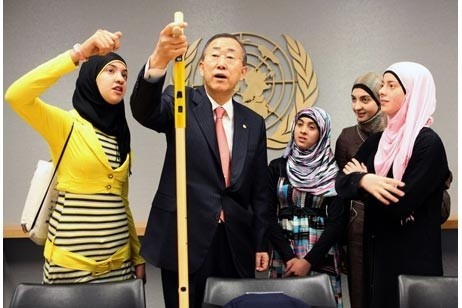Rafah Refugee Camp, Gaza
Originally home to 41,000 refugees who had fled from the fighting during the 1948 war, Rafah camp is now home to over 104,000 refugees
With 25 school buildings and 17 working on double shifts, the camp has a total of 42 schools
There is just 1 health centre in the camp
- Established in 1949, Rafah camp is located in the south of Gaza near the Egyptian border, and has become almost indistinguishable from the adjacent city of Rafah itself.
- High population density is a major and continuing problem, with people living in crowded shelters along narrow streets.
- Interestingly, because of Rafah’s geographical position, there was a slight construction boom following Israel’s blockade in 2007, with building materials entering the camp through the tunnels that link Gaza with Egypt. This enriched the lives of some in camp, however since then unemployment levels have risen to around 44%, with figures for youth even more devastating at 58%. The World Bank estimates that Israel’s blockade on Gaza has shaved 50% off Gaza’s GDP.
- The export of carnations was a key element of Rafah’s economy in the years before 2007, yet the blockade has meant that exportation of the flowers is not allowed.
- In Rafah, a school was built from shipping containers. Each of 15 classrooms is made from two containers welded together, with a door and windows cut out. For the school’s 453 students, the hot months are extremely hot and the rainy months are very cold due to a lack of ventilation and insulation in the steel containers.
- With a school population that increases by an average of 10,000 children per year and a ban on legal building materials for schools, UNRWA had to find urgent solution to accommodate students.
Statistics taken from the United Nations Relief and Works Agency (UNRWA).
#PalestineFacts
Calculate your Zakat
Confused about how to calculate your Zakat? Try our simple-to-use calculator





